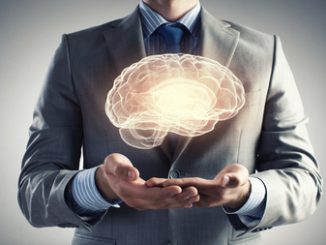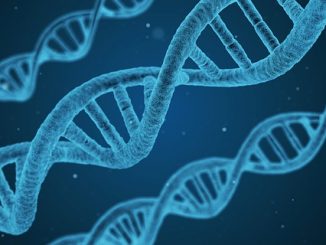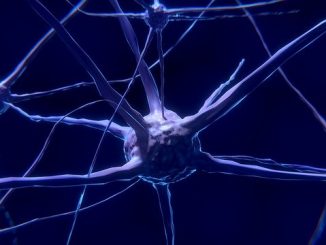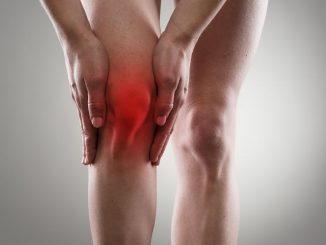
The RLR Signaling Pathway
The RIG-I-like receptor (RLR) signaling pathway is a crucial component of the innate immune system that plays a central role in recognizing viral infections. RLRs […]

The RIG-I-like receptor (RLR) signaling pathway is a crucial component of the innate immune system that plays a central role in recognizing viral infections. RLRs […]

Choline is a nutrient that is a vital component of the messaging system for the brain. It is also involved in other various biochemical activities, […]

The N-methyl-D-aspartate (NMDA) receptor is a specialized type of ionotropic glutamate receptor that plays a pivotal role in excitatory neurotransmission and synaptic plasticity within the […]

Extracellular polysaccharides (EPS) or exopolysaccharides as they are also often called are produced by both prokaryotes (eubacteria and archaebacteria) and eukaryotes (phytoplankton, fungi, and algae). […]

Understanding how proteins interact within a cell is fundamental to unraveling the molecular mechanisms that govern biological processes. Protein-protein interactions (PPIs) are essential for nearly […]

Hydroxyapatite (HA) is a naturally occurring mineral form of calcium apatite, which is the main inorganic component of bone and teeth. It is a crystalline […]

Sweet taste signaling is a very complex mechanism but one that has proved immensely valuable in understanding how taste stimulates the secretion of various molecules. […]

Apoptosis is the managed or orderly programmed death of a cell. It is a key process for maintaining cell homeostasis and controlling cell autonomy (Jorgensen […]

Bioinformatics is a relatively new field in life sciences which combines the power of computing science with molecular biology, chemistry and genetics, and other disciplines […]

Teichoic acids (TA) are anionic polymers found in Gram-positive bacteria cell walls and are made of polyglycerol (polyol) phosphate units of approximately 20 to 30 […]

Cellular metabolism encompasses the highly orchestrated networks of biochemical reactions that sustain life by enabling cells to derive energy from nutrients, construct macromolecules, and maintain […]

Neurodegenerative disease is a growing issue throughout the world. It is a collective term for a group of conditions that affect the neurones of the […]

Translation is the process by which messenger RNA (mRNA) is decoded to synthesize proteins. It occurs in the ribosomes, which are complex cellular structures responsible […]

Cytokines are cell signaling molecules that help with cell to cell communication in immune responses. They stimulate the movement of cells towards sites of inflammation, […]

Scaffold proteins are a class of proteins that play a crucial role in organizing and regulating cellular processes by providing a structural framework for protein-protein […]

Kaempferol (3,5,7-trihydroxy-2-(4-hydroxyphenyl)-4H-1-benzopyran-4-one) is an important natural flavonol. It is one of those compounds in the family of flavonoids which is sourced from fruits and vegetables […]

The mevalonate pathway, also known as the MVA pathway, is a fundamental metabolic route that plays a central role in the biosynthesis of isoprenoids. Isoprenoids […]

Acetylcholine (ACh) is a neurotransmitter that plays a fundamental role in the nervous system, influencing a wide array of physiological processes. Its significance extends beyond […]

Stem cells are extremely special in biology. They are characterized by having an ability to divide indefinitely and they can give rise to specialized cells […]

G Protein-Coupled Receptors (GPCRs), often referred to as seven-transmembrane receptors due to their characteristic structure, constitute the largest and most diverse families of cell surface […]
Copyright © 2025 | WordPress Theme by MH Themes